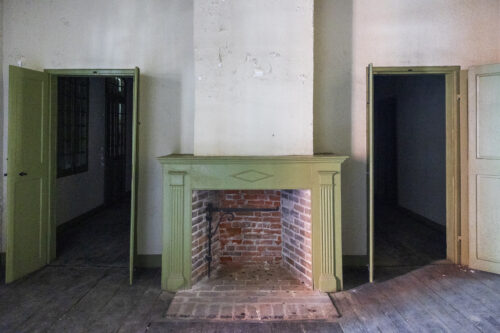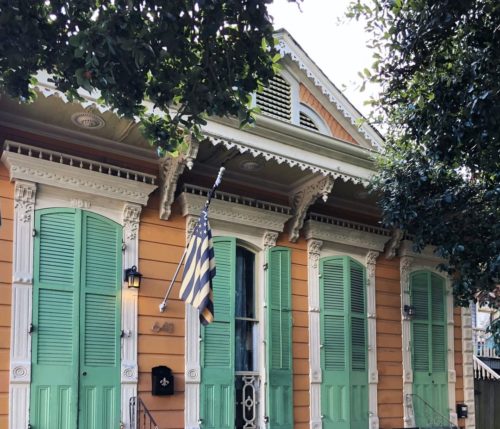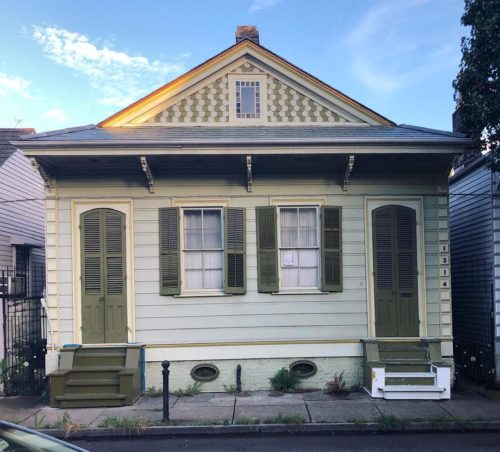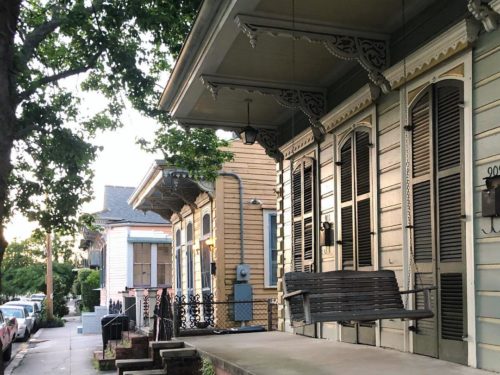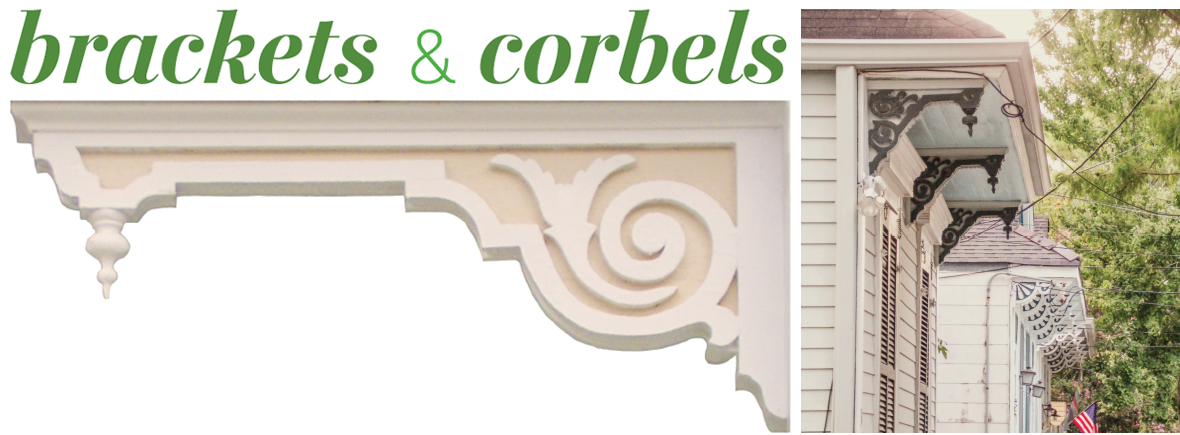
This story first appeared in the October issue of the PRC’s Preservation in Print magazine. Interested in getting more preservation stories like this delivered to your door each month? Become a member of the PRC for a subscription!
Elaborately carved wooden brackets and corbels add unique flair to the buildings they adorn with a variety of shapes and embellishment. Some are structural, while others are strictly ornamental.
Brackets, like the ones common in New Orleans, emerged with the Italianate architectural style in the mid-19th century and remained popular until the early 20th century. During the height of their fashion, it was a common practice to give an older building a trendy, modern update by adding brackets. That’s why they can be found on Creole cottages and other antebellum structures.
Some brackets were created by local craftsmen, but many were ordered from catalogs and featured prefabricated lathe and jigsaw work. Their accessibility helped proliferate their presence within the vernacular architecture of the city.
Brackets are so pervasive in New Orleans, they even sparked their own architectural style. According to Lloyd Vogt’s New Orleans Houses, the Bracket Style is a blending of Late Victorian and Italianate ornamentation characterized by large brackets supporting a roof overhang above a gallery. The style is more prevalent in New Orleans than in any other part of the country, and was most common from the 1880s until the first decade of the 1900s.
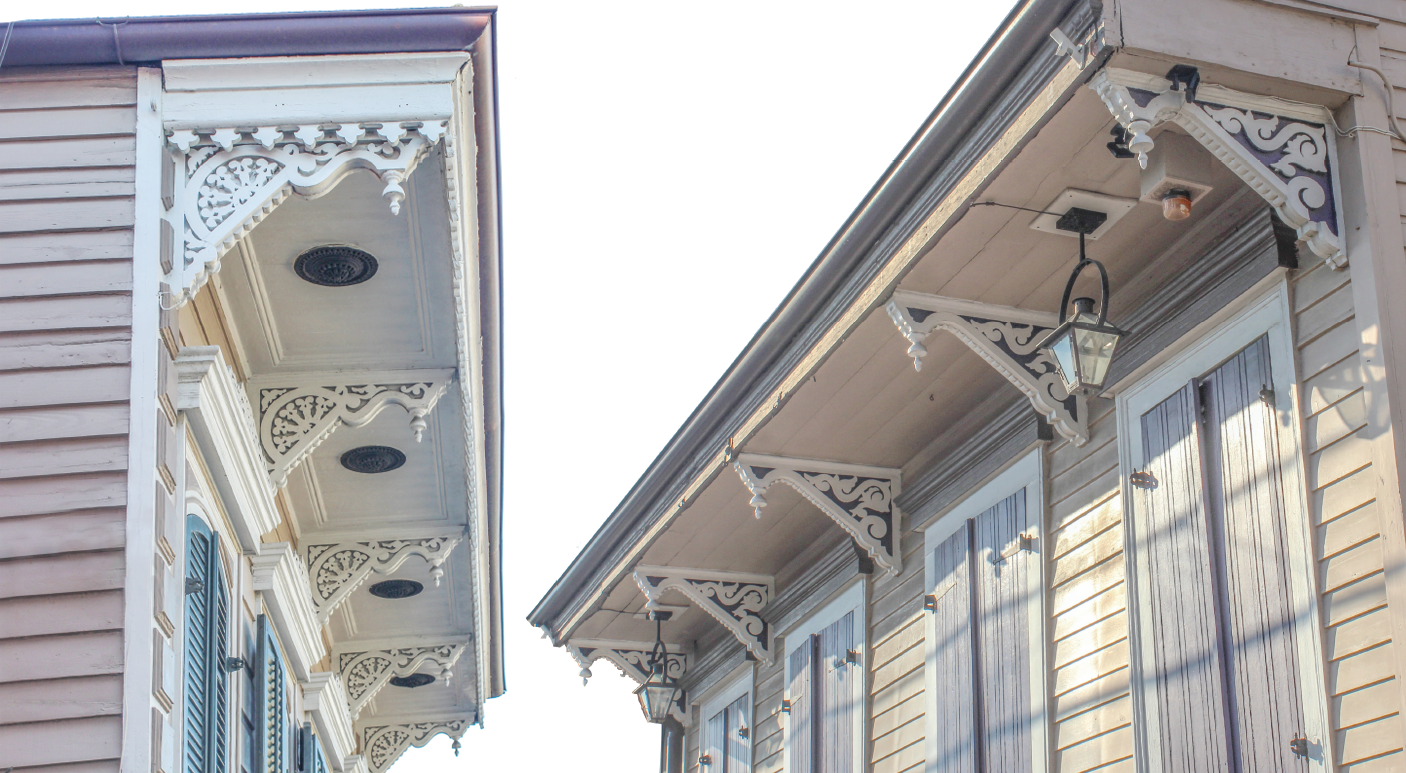
photos by Davis Allen & Liz Jurey
Advertisement

